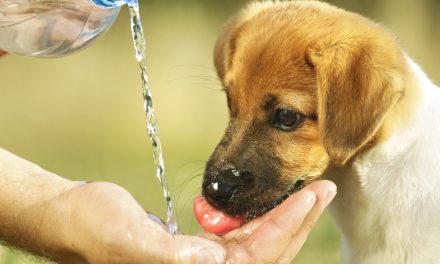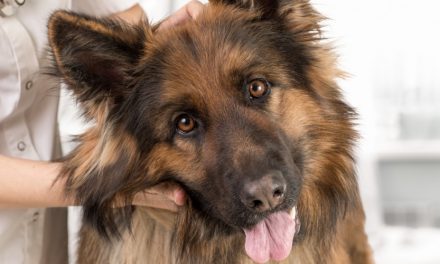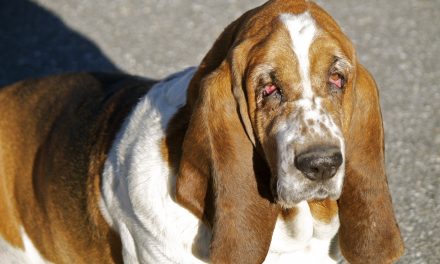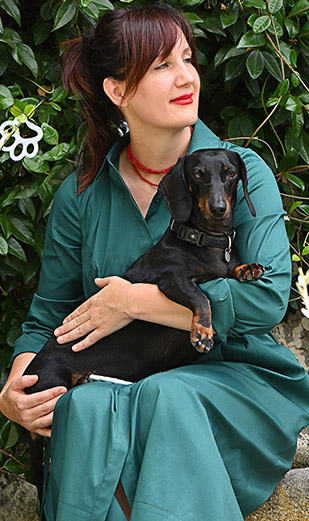Do you feel the coming Spring as well? First walks start and we devote cheerfully to decorate our windowsill with pots of colored flowers. All is wonderful but…who lives together with dogs or cats ( or other pets) have to pay a lot of attention, above all on some particular kinds of plants.
In fact, plants or their components exist which could be extremely dangerous if ingested accidentally.
Animals usually “know” which are the toxic plants or grasses, also for bad smells, bitter tastes, spines or irritating parts that the plants have developed in time to defend themselves. However some animals, either for gluttony, curiosity or inexperience could be tempted to ingest them.
The ingestion can occur more easily with dogs, animals more subject to nibble at wood or chew parts of plants like leaves and roots just for fun.
It is not always necessary a big quantity of leaves or roots to provoke serious symptomatologies; for some particularly toxic plants small parts are enough to cause serious disturbs. Their high or low toxicity depends on the substances in them which can have very serious and immediate effects or on accumulation at slow release.
I would like to remind that the active principles used in pharmacy and commonly present in a lot of medicines and poisons are extracted just from the plants. For this reason it would be better to remember “what” our pet has ingested to adopt an adequate therapy and not only symptomatic.
Let’s deal now with the possible risks for our pets’ health cause by indoor plants. Later I will talk about the wild ones.
For example, the gastrointestinal disturbs can be caused by the ingestion of common plant like the Ficus or even the Christmas Star. All plants that if broken or biten release a milky substance. The typical disturbs associated are irritation of mouth and then just gastrointestinal disturbs.
Another plant causing this problems is the Amarillide: it usually causes gastrointestinal disturbs, even if ingested in ig quantity it provokes serious breathing disturbs. The same problems are also caused by the common Anemone, Anthurium, Azalea, Begonia, Lilium, Iris, Lily of the Valley and Rhododendrum.
The Oleander, instead, can provoke cardiac pathologies until death! In this case, please pay attention that that there are NEVER leaves in maceration in the saucer; it is enough that animals drink the water contained and the first symptoms occur.
Sometimes, much more simply, the coriaceous leaves can provoke serious cutting wounds to tongue and mouth, but they are very dangerous for the eyes as well if our pets should accidentally brush up against them.
Before buying plants, even the most common ones, my suggestion is to consult your grocer and be sure they can live together with our pets. Eventually put them in places closed off to them.
Last warning: even the fertilizers can cause serious damages, don’t let them at disposal in the pots and pay ATTENTION even to the water left in the saucer, dogs and cats could drink it and be poisoned.











